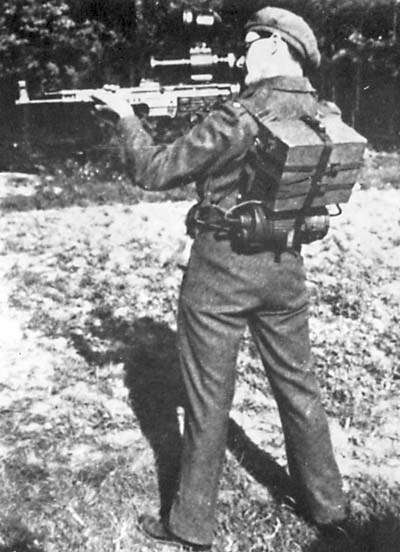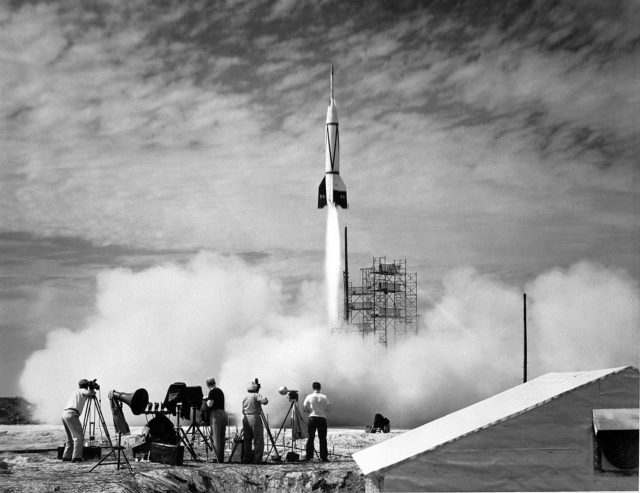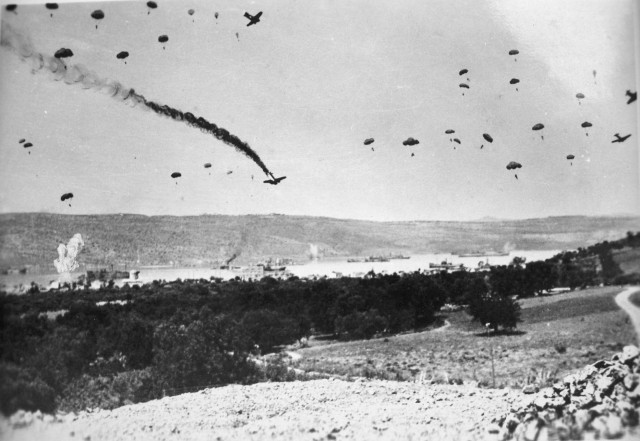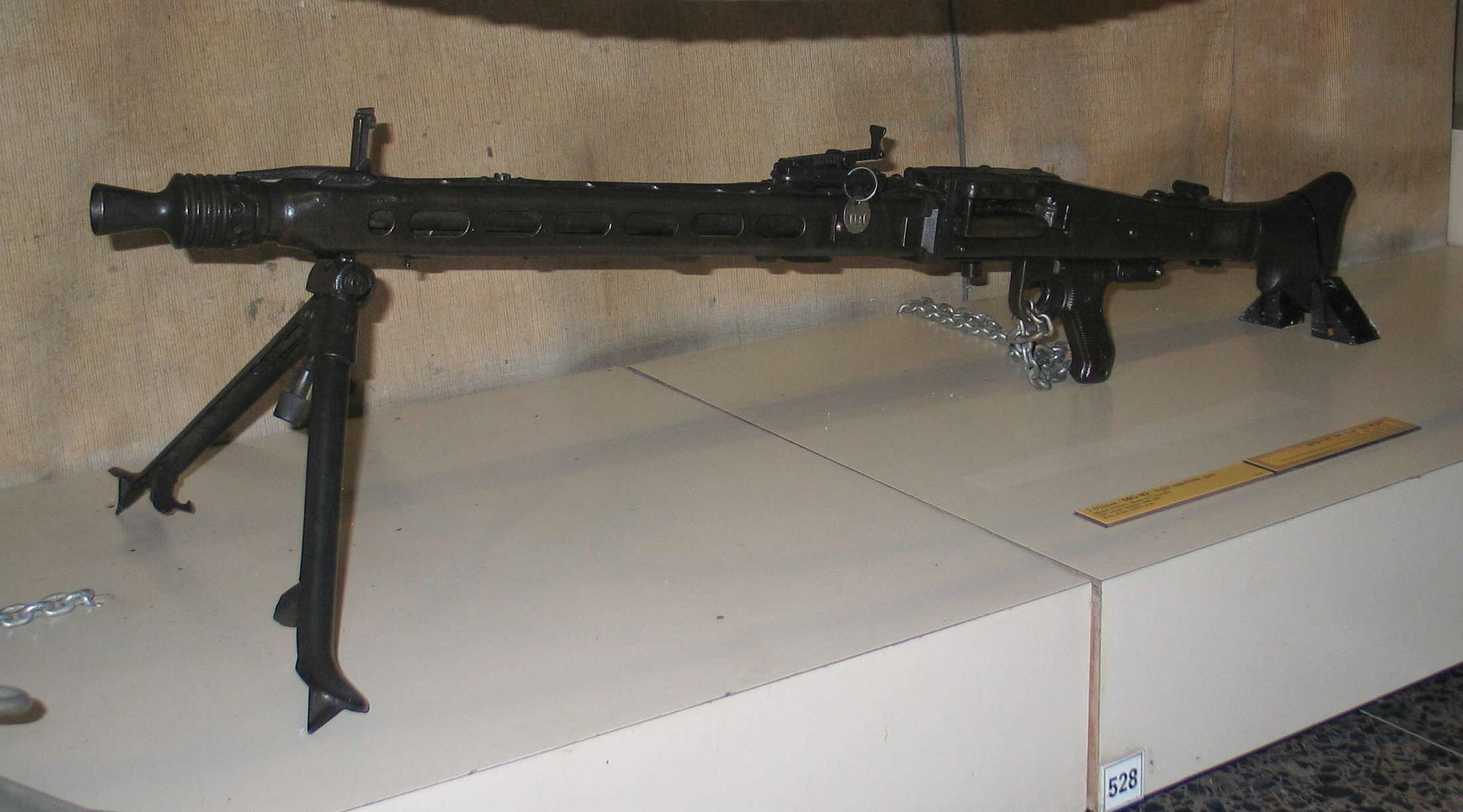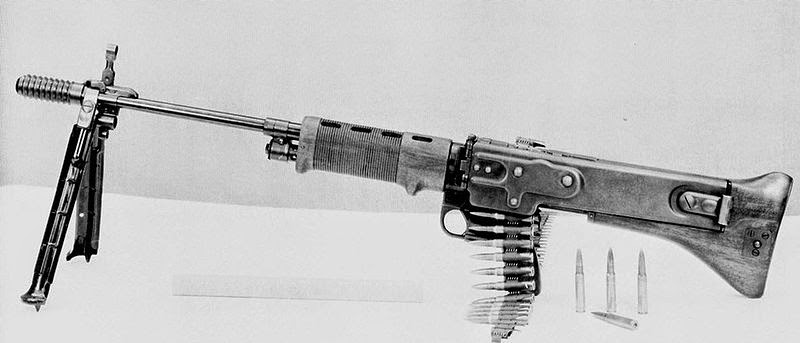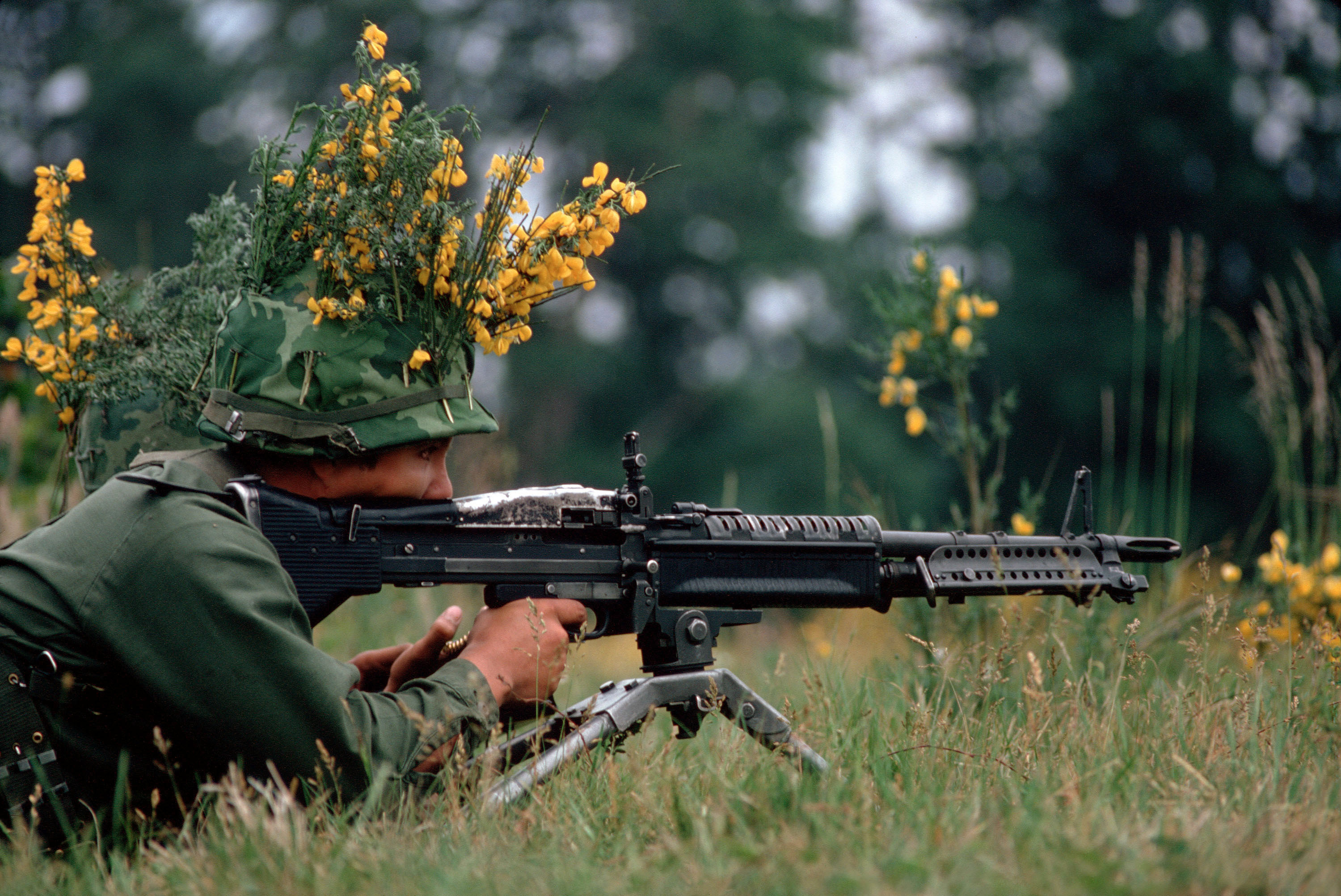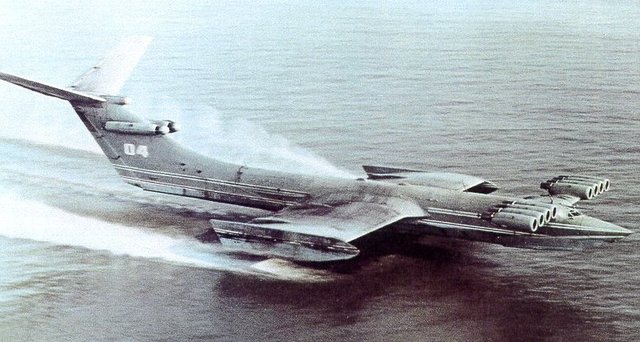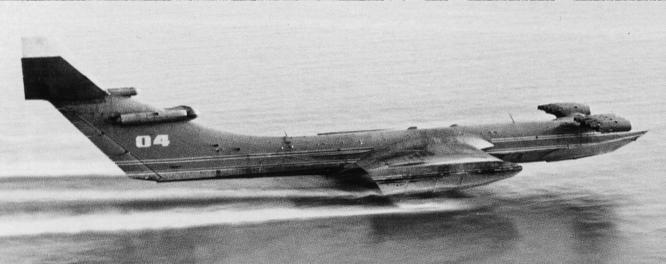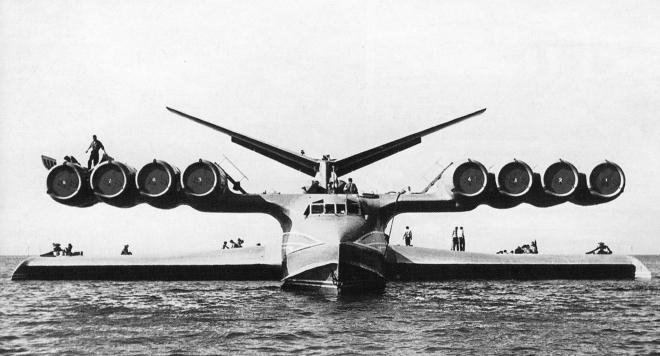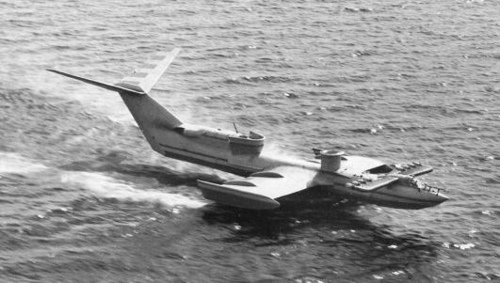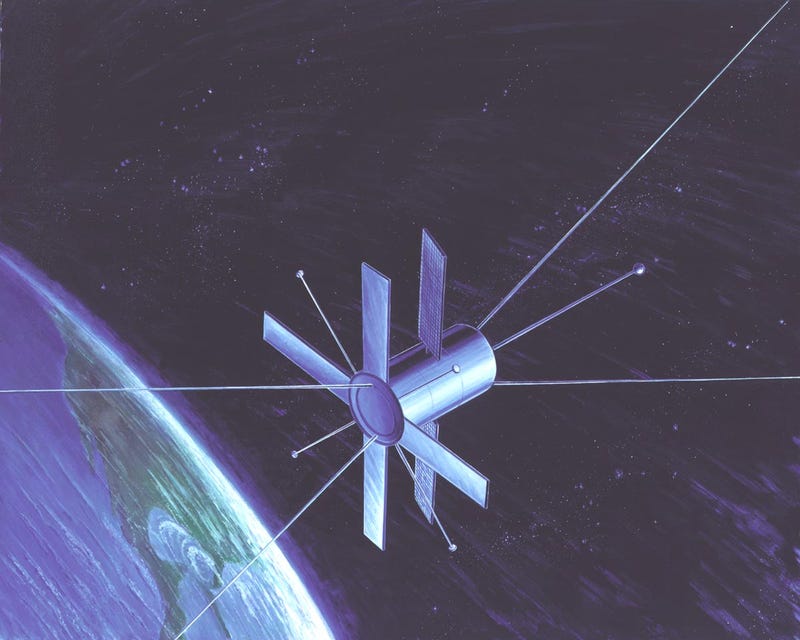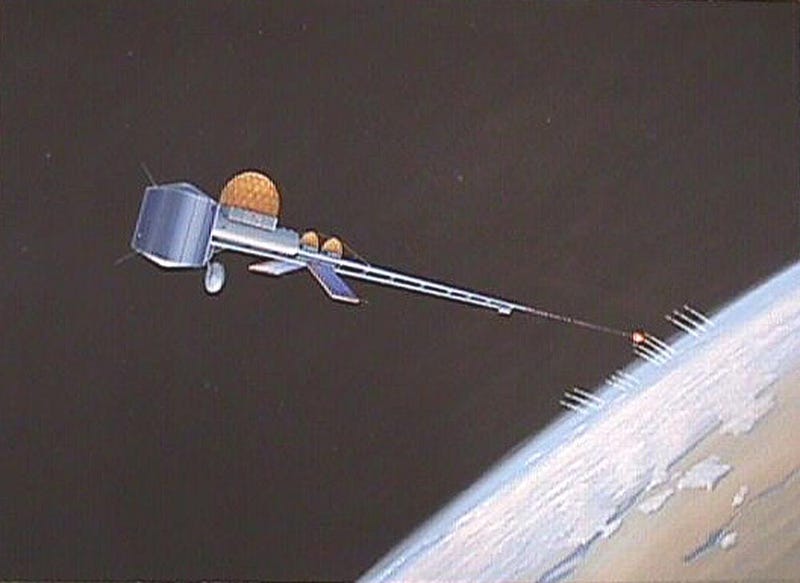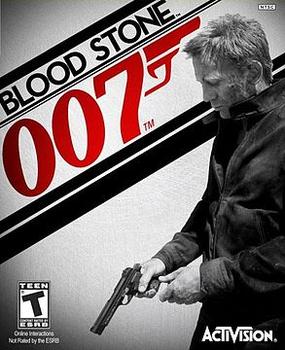- Joined
- Apr 17, 2017
- Messages
- 984
- Likes
- 1,969
NAZI Germany Military Innovations
The World's First Mass-Produced Helicopter
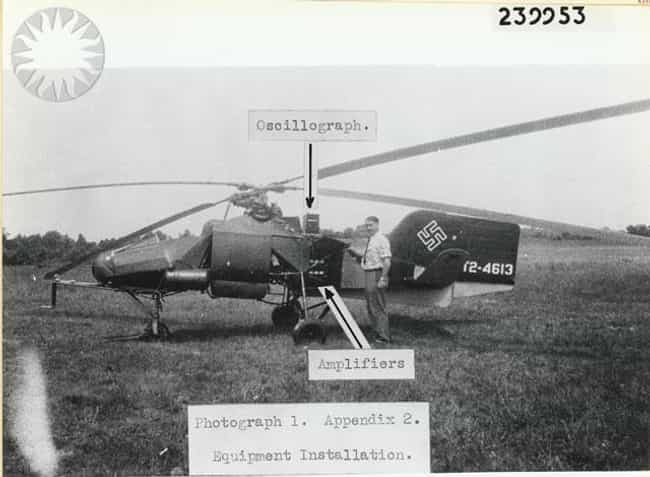
Both the Axis and Allies were developing helicopter technology, but Germany got there first in terms of actual production. The Flettner Fl 282 became the world's first large-scale produced helicopter, with prototypes taking off in 1941, and a full order for 1,000 machines placed in 1944. Allied bombing destroyed the Flettner factory after only 24 had come off the line, but those machines were used for artillery spotting and reconnaissance until the last days of the conflict. Three survived the war.
Sophisticated Jet Fighters and Bombers
While the ME-262 became famous as the first operational jet fighter, Germany had a wide range of other jet fighters and bombers in various developmental stages. Some saw limited action, and others never made it off the drawing board. The most effective was the Arado Ar-234 jet bomber, used in very limited numbers at the end of the war - and virtually impossible to intercept in flight. Other prominent designs were the Ta-283 interceptor, the P.1101 swept-wing fighter, the Ta-400 long range bomber, and the Fa-269 VTOL fighter.
Fa-269 (first vertical takeoff fighter)
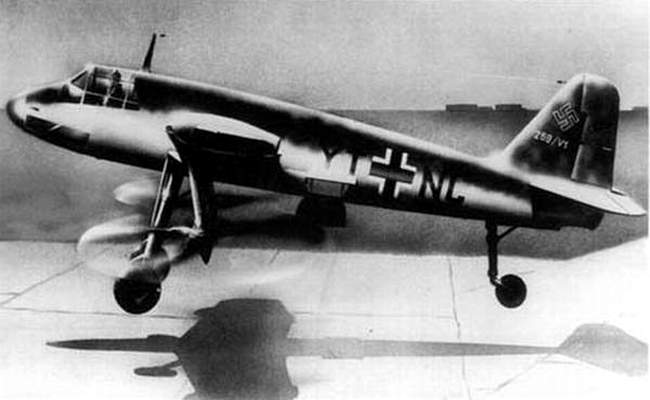
Ta-400 (First strategic bomber)

If used effectively and in large numbers, these planes might have shifted the balance of power in the skies over Europe. But the war ended long before this could take place.
Stealth Bombers
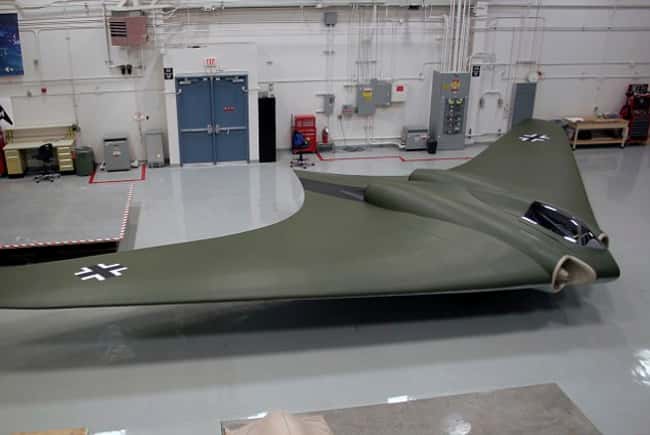
The Arado E.555 and Horton HO 229 jet bombers were Germany's prime candidates to fly from Europe to New York for the purposes of dropping an atomic bomb. They used the same flying wing designs and low radar profile that the B-2 bomber would later adapt.
If the war had dragged on and Germany had the resources to complete the bomber and nuclear projects, they could have destroyed Manhattan without anyone seeing it coming.
Space Planes
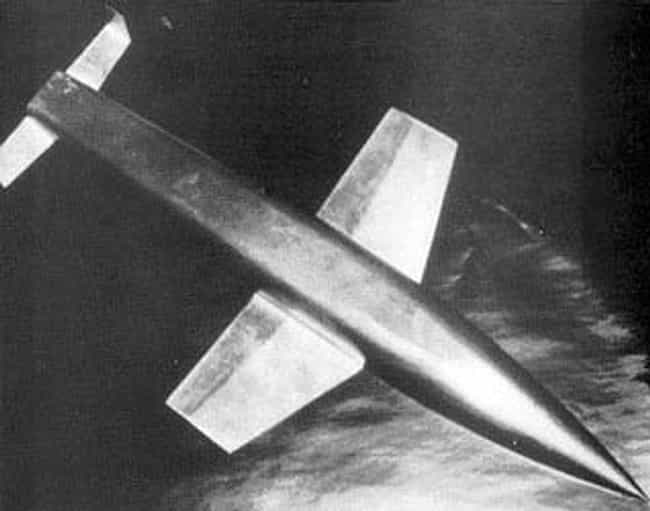
The German project codenamed "Silbervogel" was a theoretical design for a sub-orbital bomber aircraft that would have been able to attain 90 miles in height and bomb New York when launched from Germany. The aircraft got as far as a wind-tunnel mockup, and work done on the design continues to influence rocket and ramjet technology today.
Guided Missile Submarines
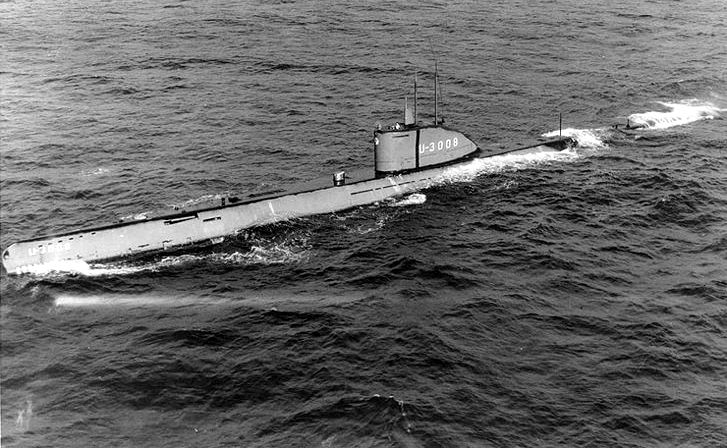
German researchers attempted on several occasions to mount rockets on U-Boats for the purposes of missile attacks on the East Coast of the US. The first was simply mounting a six-barreled rocket launcher on the deck of a sub, which was done in 1941 with U-511. The rockets both on the surface and up to 12 meters underwater, but without a guidance system, the rockets wouldn't be effective.
Other attempts were made to mount both V1 and V2 rockets on submarines, but the experiments didn't get far, due to technical limitations and inter-service rivalry. Allied war planners did create contingency plans to stop a large force of these missile subs, and intercepted a fleet of subs they incorrectly thought were on their way to attack the US.
Man-Portable Anti-Aircraft Rockets

Long before such weapons became commonly issued, Nazi Germany developed a man-portable air defense weapon - the Fliegerfaust(literally "plane fist" in German). The multi-barreled air-to-ground rocket launcher was designed to fire between 4 and 9 20 millimeter unguided rockets up to 500 meters, though this range was never achieved. The rockets tended to disperse poorly and showed little stopping power against a moving plane, so of the 10,000 launchers ordered, only about 80 were made.
Their eventual usage history is unknown, though one photograph of the ruins of Berlin clearly shows fired and discarded Fliegerfaustlaunchers.
Guided Missiles
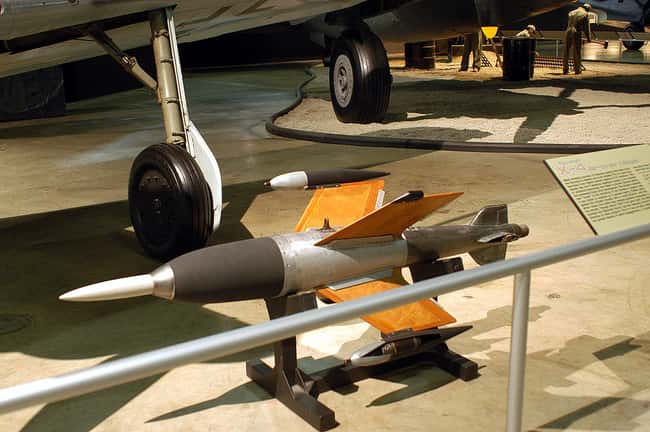
Beyond using guided V1 and V2 rockets to terrorize civilians, the Germans made use of guided anti-ship glide bombs (the "Fritz X") and guided air-dropped anti-ship missiles. They also had prototypes for man-portable guided missiles, television-guided surface to air missiles, and wire-guided air to air missiles.
None of these weapons had any appreciable impact on the war effort, and most never advanced beyond the testing stages. But they pioneered technology that would form the core of modern armies for decades to come.
The World's First Mass-Produced Helicopter

Both the Axis and Allies were developing helicopter technology, but Germany got there first in terms of actual production. The Flettner Fl 282 became the world's first large-scale produced helicopter, with prototypes taking off in 1941, and a full order for 1,000 machines placed in 1944. Allied bombing destroyed the Flettner factory after only 24 had come off the line, but those machines were used for artillery spotting and reconnaissance until the last days of the conflict. Three survived the war.
Sophisticated Jet Fighters and Bombers
While the ME-262 became famous as the first operational jet fighter, Germany had a wide range of other jet fighters and bombers in various developmental stages. Some saw limited action, and others never made it off the drawing board. The most effective was the Arado Ar-234 jet bomber, used in very limited numbers at the end of the war - and virtually impossible to intercept in flight. Other prominent designs were the Ta-283 interceptor, the P.1101 swept-wing fighter, the Ta-400 long range bomber, and the Fa-269 VTOL fighter.
Fa-269 (first vertical takeoff fighter)

Ta-400 (First strategic bomber)

If used effectively and in large numbers, these planes might have shifted the balance of power in the skies over Europe. But the war ended long before this could take place.
Stealth Bombers

The Arado E.555 and Horton HO 229 jet bombers were Germany's prime candidates to fly from Europe to New York for the purposes of dropping an atomic bomb. They used the same flying wing designs and low radar profile that the B-2 bomber would later adapt.
If the war had dragged on and Germany had the resources to complete the bomber and nuclear projects, they could have destroyed Manhattan without anyone seeing it coming.
Space Planes

The German project codenamed "Silbervogel" was a theoretical design for a sub-orbital bomber aircraft that would have been able to attain 90 miles in height and bomb New York when launched from Germany. The aircraft got as far as a wind-tunnel mockup, and work done on the design continues to influence rocket and ramjet technology today.
Guided Missile Submarines

German researchers attempted on several occasions to mount rockets on U-Boats for the purposes of missile attacks on the East Coast of the US. The first was simply mounting a six-barreled rocket launcher on the deck of a sub, which was done in 1941 with U-511. The rockets both on the surface and up to 12 meters underwater, but without a guidance system, the rockets wouldn't be effective.
Other attempts were made to mount both V1 and V2 rockets on submarines, but the experiments didn't get far, due to technical limitations and inter-service rivalry. Allied war planners did create contingency plans to stop a large force of these missile subs, and intercepted a fleet of subs they incorrectly thought were on their way to attack the US.
Man-Portable Anti-Aircraft Rockets

Long before such weapons became commonly issued, Nazi Germany developed a man-portable air defense weapon - the Fliegerfaust(literally "plane fist" in German). The multi-barreled air-to-ground rocket launcher was designed to fire between 4 and 9 20 millimeter unguided rockets up to 500 meters, though this range was never achieved. The rockets tended to disperse poorly and showed little stopping power against a moving plane, so of the 10,000 launchers ordered, only about 80 were made.
Their eventual usage history is unknown, though one photograph of the ruins of Berlin clearly shows fired and discarded Fliegerfaustlaunchers.
Guided Missiles

Beyond using guided V1 and V2 rockets to terrorize civilians, the Germans made use of guided anti-ship glide bombs (the "Fritz X") and guided air-dropped anti-ship missiles. They also had prototypes for man-portable guided missiles, television-guided surface to air missiles, and wire-guided air to air missiles.
None of these weapons had any appreciable impact on the war effort, and most never advanced beyond the testing stages. But they pioneered technology that would form the core of modern armies for decades to come.


